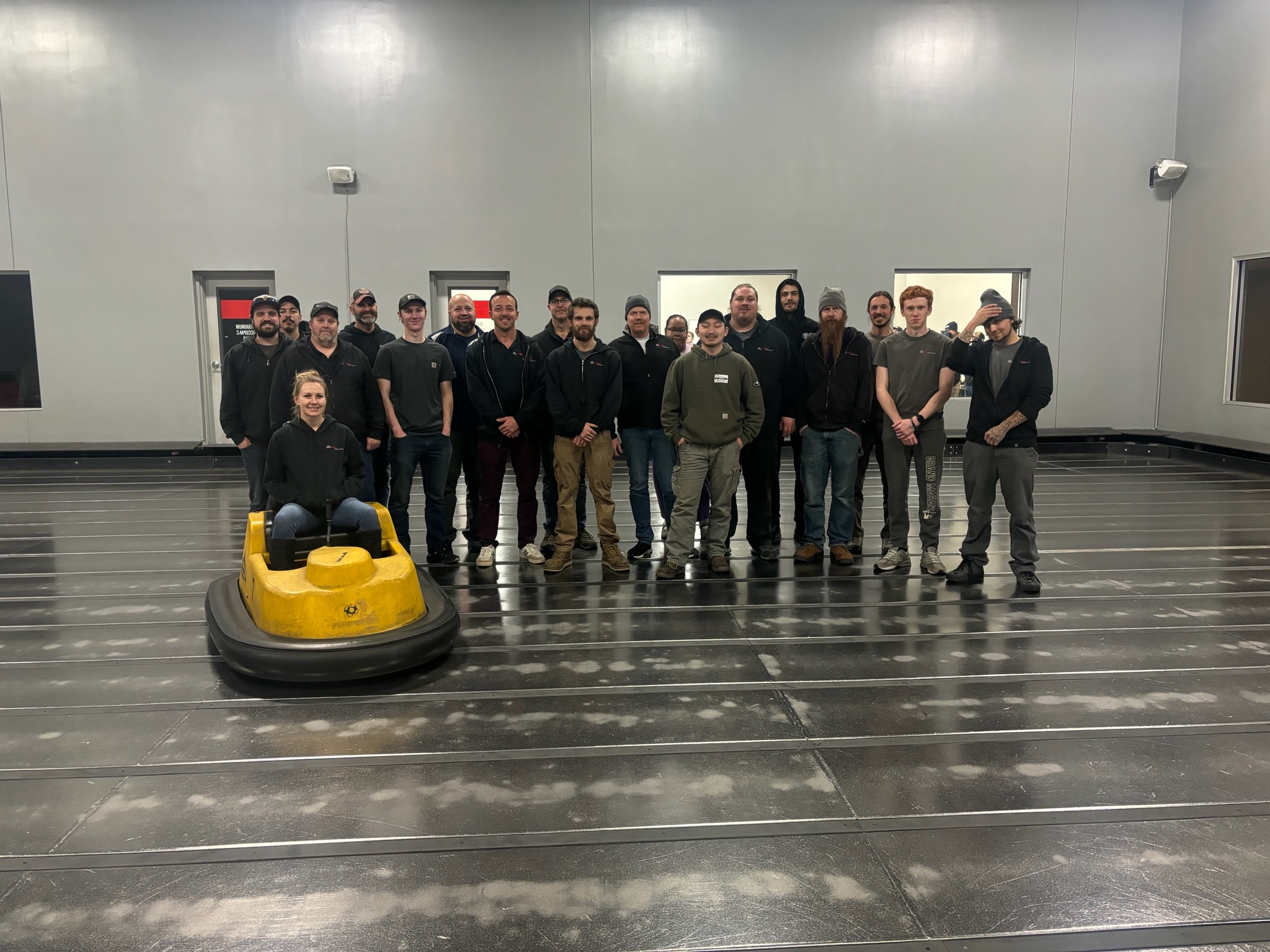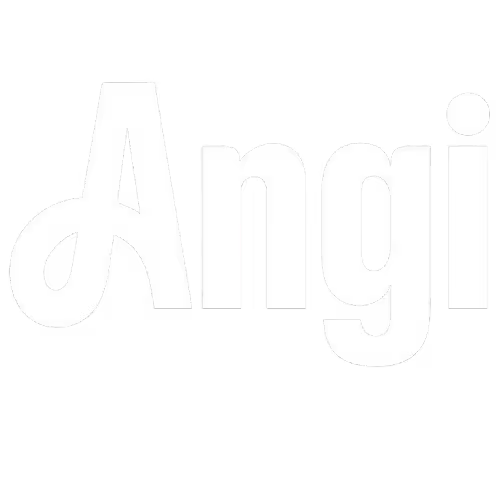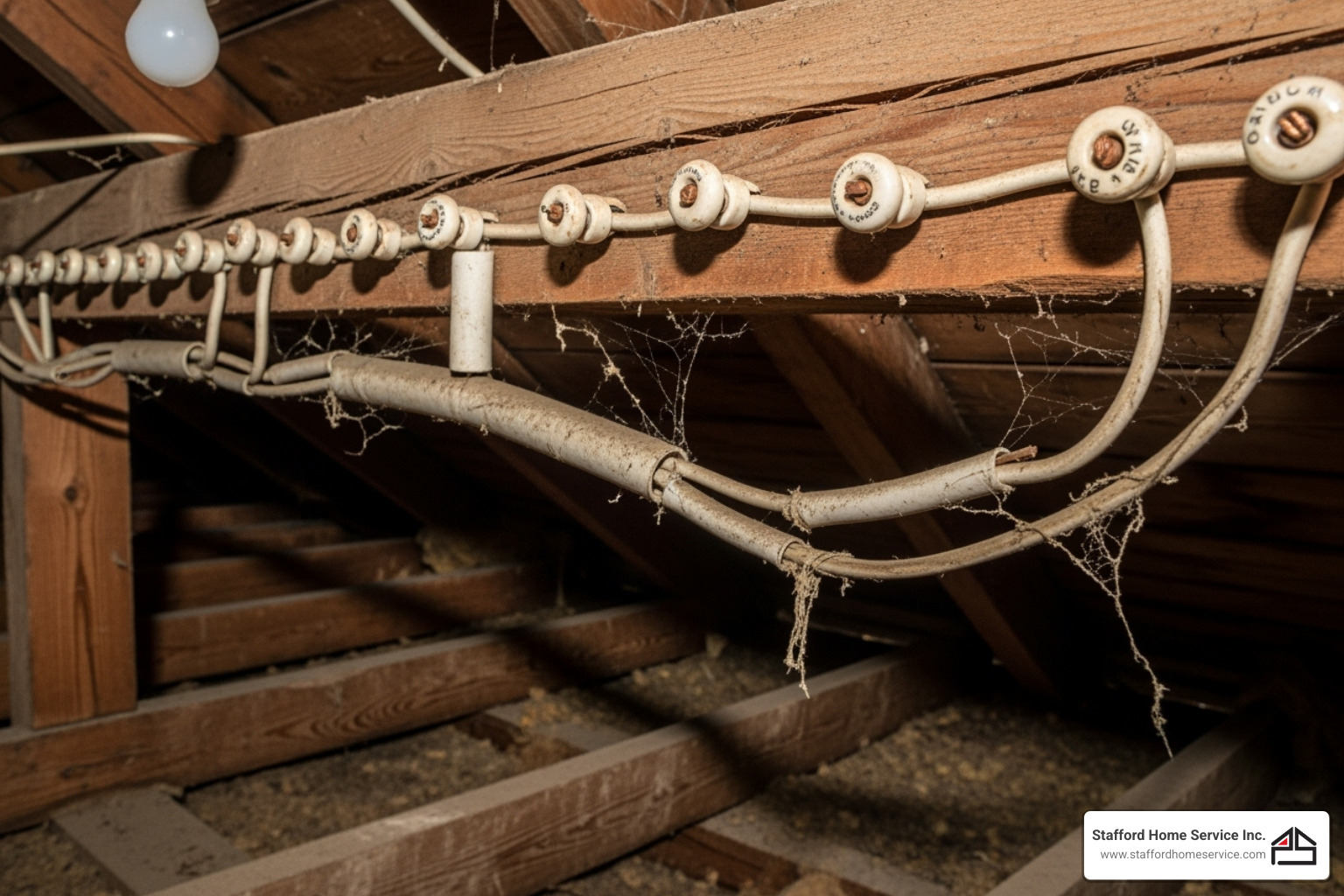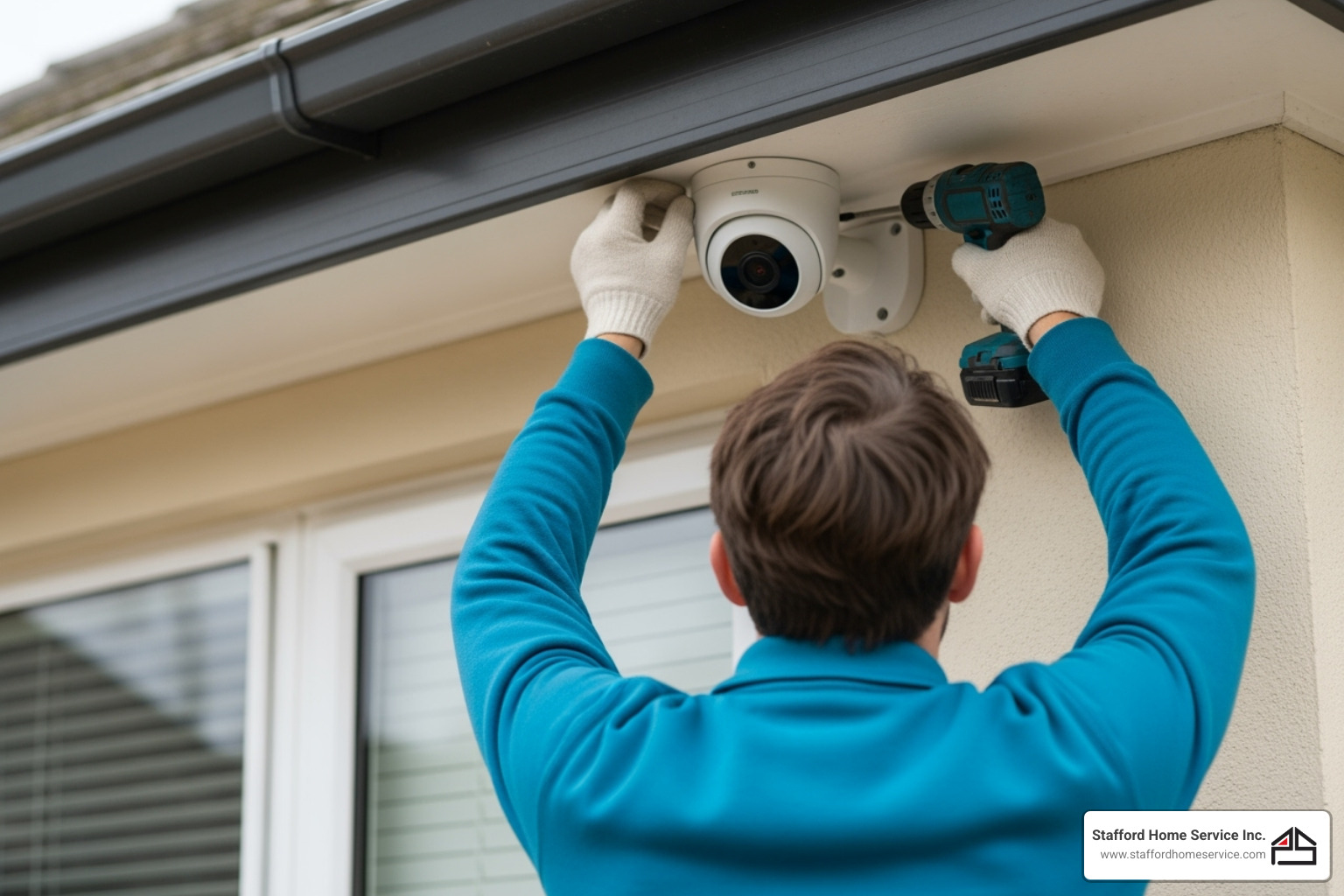Knob and Tube: Unraveling the Mystery of Its Safety
Understanding the Hidden Risks in Your Home's Electrical System
Knob and tube wiring dangers are a pressing concern for homeowners with older properties, particularly those built between the 1880s and 1940s. This outdated electrical system, while in its time, now poses significant safety hazards that can threaten your family and property. If you're living in an older home in Minnesota, understanding these risks is essential for protecting your investment and ensuring your home's electrical safety.
The Main Dangers of Knob and Tube Wiring:
- Brittle, degraded insulation - The rubberized cloth coating becomes brittle over time, exposing live wires and creating fire hazards
- No ground wire - The two-wire system lacks modern grounding, increasing shock risk and making it incompatible with today's appliances
- Overheating from insulation - Modern home insulation traps heat around the wires, which were designed to cool in open air
- Inadequate capacity - Cannot safely handle the electrical demands of modern homes with multiple appliances and electronics
- DIY modifications - Improper repairs and splices by unqualified individuals amplify the already serious risks
For comprehensive guidance on electrical safety, check out our common electrical wiring issues guide. If you're concerned about your home's wiring, schedule a professional electrical inspection today.
Knob and tube wiring gets its name from the ceramic knobs that hold the wires in place along wooden framing and the ceramic tubes that protect the wires as they pass through structural elements. The system uses two separate insulated copper wires - one hot and one neutral - that run parallel but spaced apart, with the spacing intended to allow heat dissipation into the surrounding air.

The Core Knob and Tube Wiring Dangers You Can't Ignore
If you've got knob and tube wiring in your home, you're not just dealing with an old system—you're living with a ticking time bomb. While this electrical setup was cutting-edge technology over a century ago, it simply wasn't designed for the way we live today. Let's walk through the specific hazards that make knob and tube wiring dangers such a serious concern for homeowners.
Brittle Insulation and Exposed Wires
The most immediate threat from knob and tube wiring comes from something that happens naturally with time: the insulation just falls apart. The original rubberized cloth fabric that wrapped these wires wasn't built to last a century. After decades of temperature changes and simple aging, this insulation becomes brittle and starts cracking, flaking, and eventually crumbling away completely.
When that happens, you're left with bare, live electrical wires running through your walls, attic, or basement. These exposed conductors create a very real risk of electrical fires and can deliver dangerous shocks to anyone who accidentally touches them. It's especially concerning in areas where the wiring experiences movement, heat, or moisture—conditions that speed up the deterioration.
We've seen homes where the insulation has degraded so badly that the wires look like they've been stripped on purpose. That charming historical home feature suddenly becomes a genuine safety hazard that demands immediate attention.

The Critical Lack of a Ground Wire
Here's something that really sets knob and tube wiring apart from modern systems: it's missing that crucial third wire—the ground. Today's electrical systems include this ground wire as a fundamental safety feature, providing a safe path for electricity to follow if something goes wrong. But knob and tube is a two-wire system, with just a hot wire and a neutral wire.
Without that ground wire, knob and tube wiring dangers multiply quickly. If a live wire accidentally touches the metal housing of your appliance or light fixture, the entire thing becomes electrified. Touch it, and you could receive a severe shock—potentially a fatal one. Your appliances themselves are at risk too, since many modern electronics require a grounded connection to operate safely and correctly.
You've probably noticed that older homes with knob and tube wiring have those two-prong outlets instead of the three-prong versions we use today. That missing third hole isn't just an inconvenience when you're trying to plug in your computer—it's a sign that you don't have the grounding protection that modern safety devices like GFCIs and AFCIs need to function. These protective devices, which are standard in today's homes, simply can't do their job without a proper ground. For more information on common wiring problems, check out our guide on 5 Common Electrical Wiring Issues.
Overheating from Modern Insulation and Electrical Loads
When electricians installed knob and tube wiring, they counted on one critical factor: open air circulation. The hot and neutral wires were deliberately spaced several inches apart so heat could dissipate naturally into the surrounding air. This worked perfectly fine in the uninsulated walls and attics of early 1900s homes.
Fast forward to today, and we've become much smarter about energy efficiency. Modern homes are packed with insulation—fiberglass, cellulose, spray foam—all designed to keep your heating and cooling costs down. But when that insulation gets installed around existing knob and tube wiring, it traps the heat that the system was designed to release. The 2008 National Electrical Code specifically prohibits covering knob and tube wiring with insulation for exactly this reason—it creates a serious fire hazard.
But that's not the only heat problem these old systems face. Think about everything you plug in on a typical day: computers, TVs, microwaves, air conditioners, phone chargers, gaming systems. Knob and tube wiring was designed for homes that might have a few light bulbs, a radio, and maybe a toaster. The electrical demands of modern living constantly overload these circuits, causing the wires to heat up beyond safe levels. It's like asking a horse-drawn carriage to keep pace with highway traffic—it just wasn't built for it. If you're dealing with inadequate electrical capacity, our guide to Home Safety: Electrical Service Upgrade can help you understand your options.
DIY Modifications: Amplifying Knob and Tube Wiring Dangers
Perhaps the most dangerous aspect of knob and tube wiring isn't the original installation—it's what's been done to it since. Over the decades, as homes aged and electrical needs grew, many well-meaning homeowners or unqualified handymen tried to "fix" or extend these systems themselves. These amateur modifications often create hazards that are actually worse than the original wiring.
We regularly encounter improper splices where wires have been twisted together and wrapped with masking tape or electrical tape instead of being properly connected in junction boxes. These loose connections create arcing and hot spots that can easily start fires. Sometimes homeowners have installed over-sized fuses to stop circuits from tripping, but this defeats the entire purpose of the fuse—instead of shutting off when overloaded, the circuit just keeps heating up until something catches fire.
Another common problem is the haphazard mixing of old knob and tube wiring with modern Romex cable, creating a dangerous hybrid system without proper grounding or protection. These DIY fixes are often hidden behind walls or tucked away in attics, making them nearly impossible to spot without a professional inspection. If you're interested in learning about other outdated wiring systems, take a look at the Dangers of Aluminum Wiring.

How to Identify Knob and Tube Wiring in Your Home
If you're living in an older home, you might be wondering whether your electrical system is safe or if you're harboring one of those knob and tube wiring dangers we've been discussing. The good news? Knowing what to look for is the first step in assessing your home's electrical safety. While finding this outdated system might feel unsettling, identifying its presence early gives you the power to take action before a small problem becomes a major hazard.
Visual Inspection in Attics and Basements
The best place to start your detective work is in the unfinished areas of your home—specifically, your attic, basement, or crawl spaces. These spaces often provide a direct view of your home's electrical wiring as it runs along joists and through structural beams, making them ideal for spotting the telltale signs of knob and tube wiring.
When you're up in the attic or down in the basement with a flashlight, here's what you're looking for: ceramic knobs mounted on wooden framing members. These white or off-white porcelain insulators hold individual wires in place, keeping them separated and secured. Unlike modern electrical cables that bundle multiple wires together in a single plastic sheath, knob and tube wiring runs the hot and neutral wires separately, spaced several inches apart.
You'll also notice ceramic tubes wherever the wiring passes through wooden joists or studs. These hollow porcelain cylinders protect the wire from touching the wood, preventing potential fire hazards. The wires themselves are wrapped in what looks like cloth or fabric insulation—often appearing aged, brittle, or frayed after decades of service. And here's a crucial detail: you won't see a third, bare copper wire running alongside the insulated ones, which confirms the system's lack of a ground wire.
According to resources like the National Association of Certified Home Inspectors, understanding these visual markers can help homeowners make informed decisions about their electrical systems. However, while a visual inspection is helpful, it's not a substitute for professional expertise. For a comprehensive assessment and guidance on what to do next, check out our detailed guide on Identifying and Upgrading Knob and Tube Wiring.
Common Warning Signs of Knob and Tube Wiring Dangers
Sometimes you don't need to climb into the attic to know something's wrong with your home's electrical system. Your house itself might be trying to tell you that knob and tube wiring dangers are lurking behind your walls. These warning signs shouldn't be ignored—they're your home's way of asking for help before a serious problem develops.
Flickering lights are often the first sign homeowners notice. While a single flickering bulb might just need replacing, if multiple lights throughout your home flicker or dim when you turn on an appliance, your wiring system is struggling under the electrical load. This is especially common with knob and tube systems that were never designed to power today's energy-hungry devices.
Have you ever heard a buzzing or sizzling sound coming from an outlet or switch? That's not normal, and it's definitely not something to ignore. These sounds often indicate electrical arcing—essentially, electricity jumping across gaps where connections have loosened or deteriorated. This is a fire hazard that demands immediate attention.
A burning smell that seems to come from nowhere is perhaps the most alarming warning sign. That acrid odor, similar to burning plastic or rubber, suggests that wiring insulation is overheating and breaking down. If you notice this smell, turn off power at the main panel if it's safe to do and contact an electrician immediately.
Touch your outlets and light switches occasionally. Do they feel warm or even hot to the touch? They shouldn't. Heat buildup behind your walls indicates that wires are overloaded or connections are failing—both serious fire risks associated with aging electrical systems.
Take a quick walk around your home and look at your outlets. If most or all of them are two-prong outlets without that third, round hole for a ground pin, you're almost certainly dealing with an ungrounded system. This is a hallmark characteristic of knob and tube wiring and means your home lacks the critical safety features of modern electrical systems.
Finally, if you find yourself constantly dealing with blown fuses or tripped circuit breakers, your electrical system is telling you it can't handle the demands you're placing on it. While modern homes have circuit breakers designed to trip as a safety measure, frequent occurrences in older homes suggest the underlying wiring is inadequate for contemporary electrical needs.
These warning signs aren't minor annoyances—they're serious indicators of potential safety hazards. If you're experiencing any of these issues, it's time to take action. For more information on recognizing critical electrical problems, our guide on 5 Electrical Problem Warning Signs You Shouldn't Ignore can help you understand what your home is trying to tell you.
Navigating Insurance and Code Compliance
Knob and tube wiring creates challenges beyond immediate safety concerns. Finding this outdated system means you'll likely face obstacles with insurance and building codes. Understanding these practical implications is as important as recognizing the physical dangers.
The Insurance Hurdle
Getting homeowner's insurance for a property with knob and tube wiring can be frustrating. The reality is that insuring knob-and-tube wiring can be challenging, as many companies won't take the risk. From their perspective, the knob and tube wiring dangers—fire risk, shock potential, and system failures—translate to a higher likelihood of claims.
Some insurers will refuse to issue a new policy or renew existing coverage if they find knob and tube wiring. Others might offer coverage with significantly higher premiums or require proof that a licensed electrician has certified the system as safe. In many cases, they will require you to replace the entire system before providing coverage.
Insurers are responding to data showing homes with this wiring are more likely to have electrical fires. If you're buying or own an older home with knob and tube, contact your insurance provider early. You'll want to know where you stand before facing a policy cancellation or premium increase.
A professional electrical inspection can be invaluable here, providing documentation about your system's condition. This assessment gives you leverage when negotiating with insurers and, more importantly, gives you the information needed to make smart decisions about your home's safety. Learn more about the Benefits of an Electrical Inspection and how it can help you steer these insurance challenges.
Meeting Modern Electrical Codes
While insurance companies create one set of problems, electrical codes present another—though these exist for very good reasons. Here's something that surprises many homeowners: knob and tube wiring isn't technically illegal. You won't be forced to rip it out simply because it exists. However, this outdated system falls dramatically short of modern electrical safety standards, and that creates real problems when you want to do any electrical work or renovations.
Modern electrical codes have evolved significantly since the days when knob and tube was standard. Today's codes require grounded circuits throughout most of your home, especially in high-risk areas like kitchens, bathrooms, laundry rooms, and outdoor spaces. The two-wire knob and tube system simply can't provide this essential safety feature. Without proper grounding, you're missing a critical layer of protection against electrical shock and equipment damage.
Beyond grounding, current codes mandate the use of Ground Fault Circuit Interrupters (GFCIs) in wet areas and Arc Fault Circuit Interrupters (AFCIs) in living spaces. These devices are designed to detect dangerous electrical conditions and shut off power before someone gets hurt or a fire starts. While you can technically install these devices on knob and tube circuits, they won't function as effectively without a proper ground wire, leaving you with a false sense of security.
The wire insulation and capacity requirements have also changed dramatically. Modern codes specify insulation materials that can handle today's electrical loads and environmental conditions—standards that the brittle, rubberized cloth insulation of knob and tube wiring simply cannot meet. The 2008 National Electrical Code even includes specific restrictions about covering knob and tube wiring with insulation, recognizing the overheating dangers we discussed earlier.
When you want to renovate, add circuits, or make any significant electrical changes to your home, you'll need to bring your electrical system up to current code standards. This often means that what starts as a simple kitchen remodel becomes a whole-house electrical upgrade. While this might seem like an unwelcome surprise, it's actually an opportunity to address the knob and tube wiring dangers that have been lurking in your walls for decades.
Working with a qualified electrician who understands both the historical aspects of knob and tube wiring and current code requirements is essential. They can help you develop a plan that ensures your home meets modern Electrical Code Compliance standards and secures the necessary Electrical Certifications: City and Code Compliance for your project. This isn't just about checking boxes—it's about bringing your home's electrical system into the 21st century and ensuring it can safely support your family's needs for years to come.
Frequently Asked Questions about Knob and Tube Wiring
We understand that finding knob and tube wiring in your home can raise a lot of questions and concerns. You're probably wondering about legality, repair options, and what it means if you're planning to sell your home. Let's address the most common questions we hear from homeowners dealing with this outdated electrical system.
Is it illegal to have knob and tube wiring?
Here's some good news: no, it's not illegal to have knob and tube wiring in your home. You won't have code enforcement officers knocking on your door demanding immediate removal just because your house still has this old system. However, before you breathe too big a sigh of relief, there's more to the story.
While the wiring itself isn't illegal, it is considered an obsolete wiring method that fails to meet modern electrical safety codes. The key distinction here is that electrical codes typically aren't retroactive. This means you won't be forced to rip out existing knob and tube wiring simply because it's old. But here's where it gets tricky: many jurisdictions and insurance companies require its replacement, especially during major renovations, property sales, or when any modifications to the electrical system are needed.
Think of it this way: you can have it, but you can't really do anything with it. You can't modify it, you can't insulate around it, and you certainly can't extend it. And given the serious knob and tube wiring dangers we've discussed throughout this article, from fire risks to shock hazards, the fact that it's technically legal doesn't mean it's safe or advisable to keep.
Can knob and tube wiring be repaired?
This is one of the most common questions we receive, and honestly, we wish we could give you better news. Technically speaking, yes, minor repairs to specific sections of knob and tube wiring are sometimes possible. A qualified electrician might be able to fix a particular problem area or replace a damaged section. But here's the reality: these repairs are only temporary fixes.
The fundamental issue is that knob and tube wiring presents systemic risks throughout the entire system. If the insulation has deteriorated in one spot, it's almost certainly degrading elsewhere too. The wiring is all the same age, it's all been exposed to the same conditions, and it's all lacking the safety features we expect in modern electrical systems. Patching one area doesn't address the lack of a ground wire. It doesn't solve the problem of brittle insulation throughout your walls and ceilings. It doesn't increase the system's capacity to handle modern electrical loads.
Due to these inherent limitations, replacement of the entire knob and tube system with modern, grounded wiring is the only recommended long-term solution to ensure your home's electrical safety and compliance with current codes. Attempting to repair or extend this outdated system can actually amplify the dangers, especially when done by someone who doesn't fully understand its limitations. If you're considering any electrical work in your home, even seemingly minor Electrical Repair, it's crucial to consult with a licensed professional who can assess the entire system and recommend the safest path forward.
Can I sell a house with knob and tube wiring?
Yes, you can absolutely sell a house with knob and tube wiring, but we won't sugarcoat it: the presence of this outdated system can definitely complicate your sale. It won't make selling impossible, but it will likely become a significant point of negotiation and concern during the transaction.
Here's what typically happens when you try to sell a home with knob and tube wiring. First, the home inspection will almost certainly flag it as a major issue. Once that happens, potential buyers become understandably concerned about the knob and tube wiring dangers and, perhaps more immediately, about the costs involved in replacing the entire system. Many buyers will request a price reduction to cover the estimated replacement costs, which can run into thousands of dollars depending on your home's size and complexity.
Beyond just buyer concerns, there are often lender and insurer requirements that can make or break a deal. Many mortgage lenders, particularly those offering FHA or VA loans, may require the wiring to be upgraded before they'll approve financing. Similarly, homeowners insurance companies may refuse to issue a policy on a home with knob and tube wiring, or they may require its replacement as a condition of coverage. This can become a mandatory condition of closing, meaning the sale can't proceed until the issue is addressed.
Our advice? Be transparent about the wiring from the start. Consider having a professional electrical inspection done before you list your home so you can understand the full scope of the situation. This allows you to either address the issue proactively or price your home appropriately to account for the necessary upgrades. Either way, you'll be in a much stronger negotiating position than if it comes as a surprise during the buyer's inspection.
Conclusion: Securing Your Home's Electrical Future
If there's one thing we hope you take away from this guide, it's this: knob and tube wiring dangers are real, serious, and worth your immediate attention. What started as an innovative electrical solution over a century ago has become a genuine liability in today's homes. The brittle insulation that crumbles at a touch, the missing ground wire that leaves you vulnerable to shocks, the overheating from modern insulation, and those well-meaning but dangerous DIY fixes—these aren't just abstract concerns. They're risks that could affect your family's safety and your home's future.
We get it. Your home is more than just a building—it's where your family gathers, where memories are made, where you should feel completely safe. That's exactly why we're so passionate about helping Minnesota homeowners understand and address electrical safety issues. Ignoring the warning signs or putting off necessary upgrades isn't just risky; it's gambling with something far too precious.
The good news? You don't have to steer this alone. A professional assessment by a qualified, licensed electrician is the first and most important step toward peace of mind. Our experienced team at Stafford Home Service Inc. has seen it all, from pristine K&T systems that still pose risks to dangerous amateur modifications hidden behind walls. We can accurately identify what's lurking in your walls, honestly evaluate its condition, and give you clear, straightforward recommendations for moving forward safely.
We're not here to scare you—we're here to help you make informed decisions about your home's electrical future. Whether you're dealing with insurance complications, planning a renovation, or simply want to ensure your family's safety, we're committed to providing quality workmanship and complete customer satisfaction. Your home's electrical system should give you confidence, not concern.
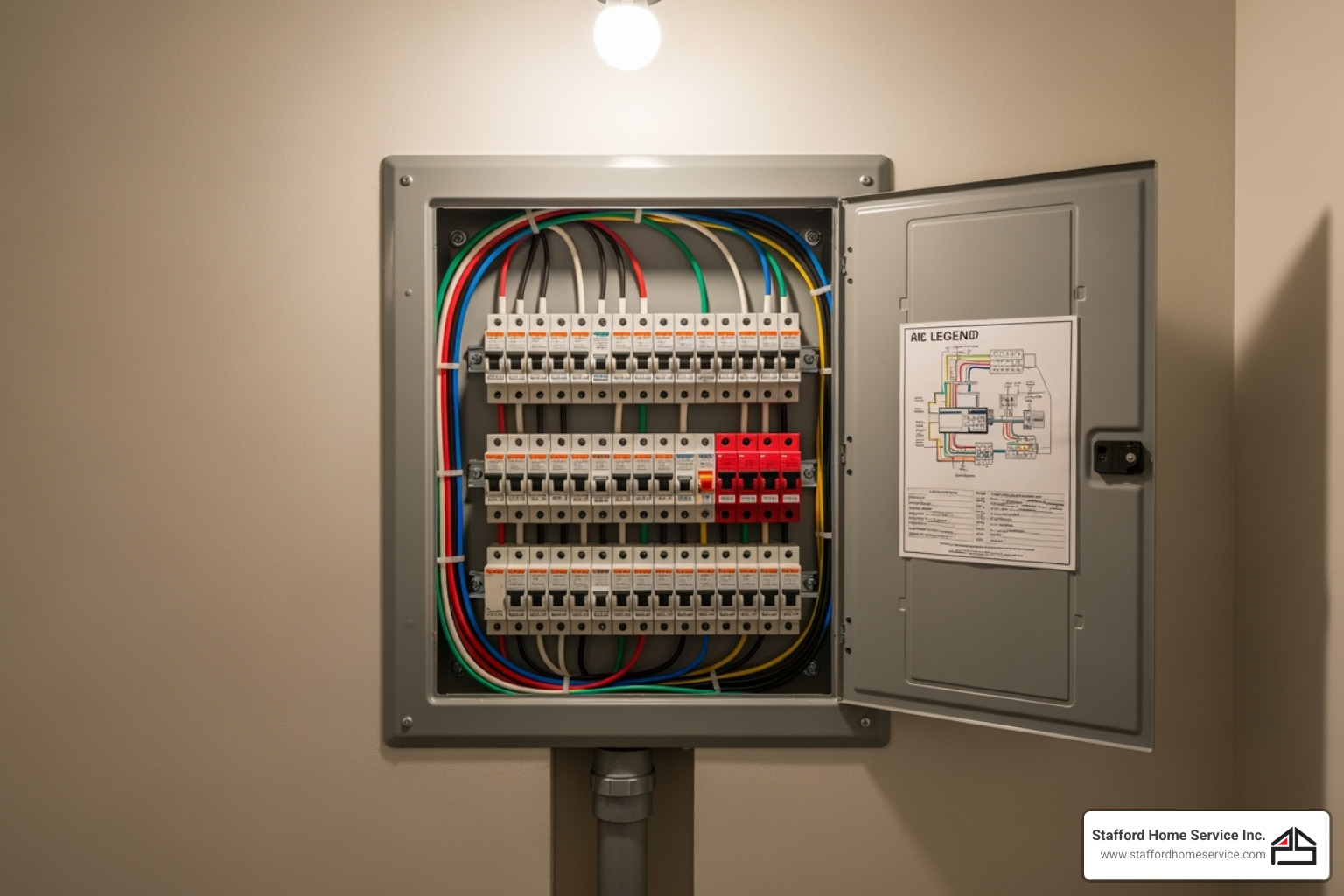
Don't let outdated wiring keep you up at night. Take control of your home's electrical safety today. Contact us for a professional Knob and Tube Wiring inspection and replacement and let us help you secure the peace of mind you deserve.
Customer Testimonials
Our customers consistently praise our knowledgeable technicians, prompt service, and the lasting quality of the work we deliver.
ABOUT STAFFORD HOME SERVICE
In 2007, long-time team members Kris Thompson and Dan Fournier took ownership of Stafford Home Service. With over 60 years of combined expertise in residential electrical and HVAC, they continue the legacy of former owners Curt Cervin and Paul Stafford—delivering quality workmanship and complete customer satisfaction.
70+ Years
Family-operated experience delivering trusted electrical, heating, and cooling services.
800+
Verified 5-star reviews from satisfied customers.
